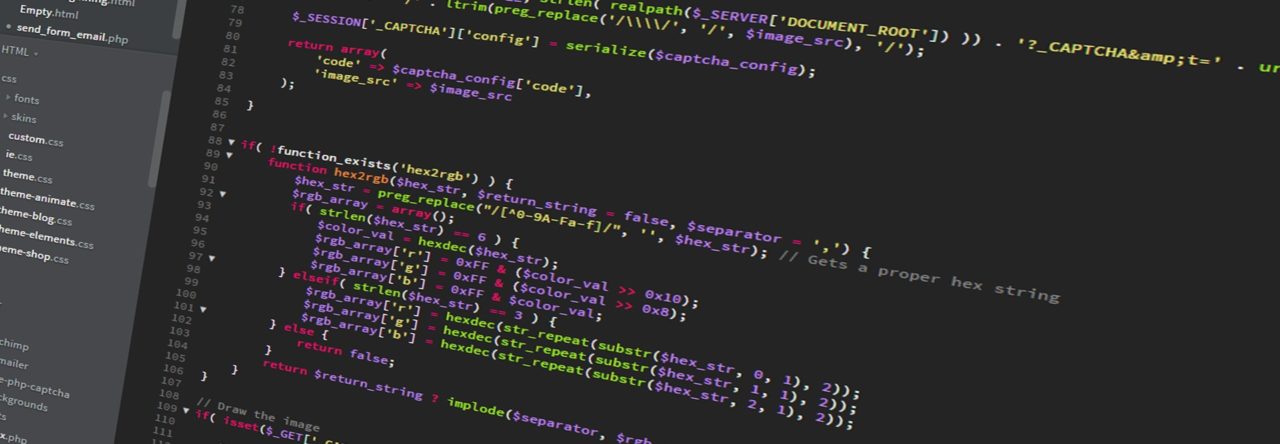Scope creep happens. Clients will always want more, and if you’re developing your own application, you’ll have new ideas to improve it. It is a magnanimous feat to finish an application, but what if adding to the scope is a great idea? Should you eschew all new ideas in favor of completing the app? Or should you add every new feature idea and hope you eventually finish? Luckily, there are ways to compensate for new ideas, and while it will take discipline not to edit the original scope for release, you can complete your app and ensure all ideas get through to the result.
You may have heard of Agile, CI/CD, Scrum, or other seemingly random terms in relation to development. It can be hard to understand how exactly these work, but the basic idea is that these ideologies manage feature requests and ideas to ensure applications don’t bloat too far out from their original scope. Agile is the most frequently used in SaaS contexts. It effectively sets a baseline scope for the application, and a backlog stores all new ideas so they are not lost. These tend to involve an active list, a review list, and a staging list. The active list holds what is currently in development, the review list is for queuing review of completed features, and staging is for features that are complete and awaiting release. Before the initial release of an application, a second backlog can be created to store the initial scope. This second backlog will set a set number of features that need to be handled for the initial release. It can only be changed if the application does not work without a feature that was missed in the initial creation or conception.
Most other management methodologies are similar and tend to differ in application and effectiveness due to complexity, size of initial scope, and the size of the team, but the backlog tends to be the most important part. The reason for scope creep is really just FOMO, so if you have something keeping track of ideas so you don’t forget them, you can both focus on the current tasks and ensure that in the future you can revisit all your ideas for expanding the scope. This, of course, is not necessary for small applications, such as quick calculators or scripts to rename large batches of files. If you are developing a website or extending a CMS, these systems will be indispensable to your efforts, so be sure to learn how to use them before diving in. You don’t want to get lost in the sea of scope.

Leave a Reply